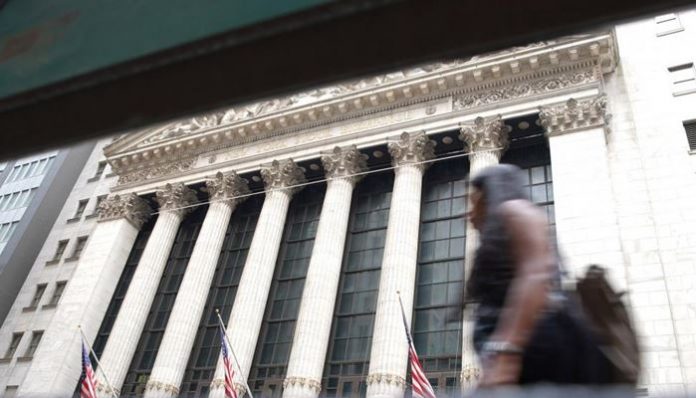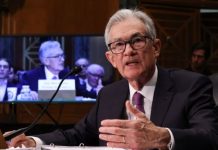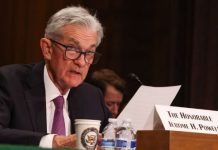
July 31 (UPI) — Weeks of speculation were put to rest Wednesday when the Federal Reserve announced a quarter-percent interest rate cut in its mid-year assessment of U.S. economic health.
The Federal Open Market Committee lowered the benchmark rates first the first time in a decade — to 2 percent to 2.25 percent. The FOMC cited the “implications of global developments for the economic outlook as well as muted inflation pressures” as its reasoning for the cut. The committee said growth is moderate and the labor market is strong.
Since the end of 2015, the Fed has made a series of nine increases to the federal funds rate from near zero, where it remained for years following the Great Recession to spur growth. The last increase came in December, to put rates at the current 2.25-2.5 percent range.
The last time the Fed cut rates was during the financial crisis in December 2008 — when they were cut by nearly a full point to the lowest point in history — 3,879 days ago.
The Fed has held the interest rate steady in its prior announcements this year after raising the interest rate four times in 2018.
Fed Chairman Jerome Powell hinted this month a rate cut may be coming, when he testified before the House financial services committee that the positive June jobs report hadn’t altered the agency’s economic outlook.
President Donald Trump in recent weeks has pressured the Federal Reserve — with a series of bashing tweets — to make a rate cut. He reiterated the position Tuesday.
“I would like to see a large cut and I would like to see immediately the quantitative tightening stop,” he said.
Trump added the Fed “moved far too early and far too severely” to raise interest rates last year. He previously referred to the central bank as “our most difficult problem” and said recent inaction has stifled economic growth.
Before the FOMC announcement, analysts warned a potential rate cut would be a bit unusual, as it would come in a time of economic expansion instead of decline. The Fed normally holds steady or increases rates in times of strong economic health, and cuts them to spur growth during poor conditions.
“There’s no example that with still above-trend growth and still above-trend labor growth has the Fed eased in the middle of an expansion,” analyst Ethan Harris, head of global economics research at Bank of America Merrill Lynch, told CNBC. “This is a six sigma event. If there were more clear evidence that the trade war was hurting, this would only be a small departure from normal but actually, the data in the last month has improved.”





